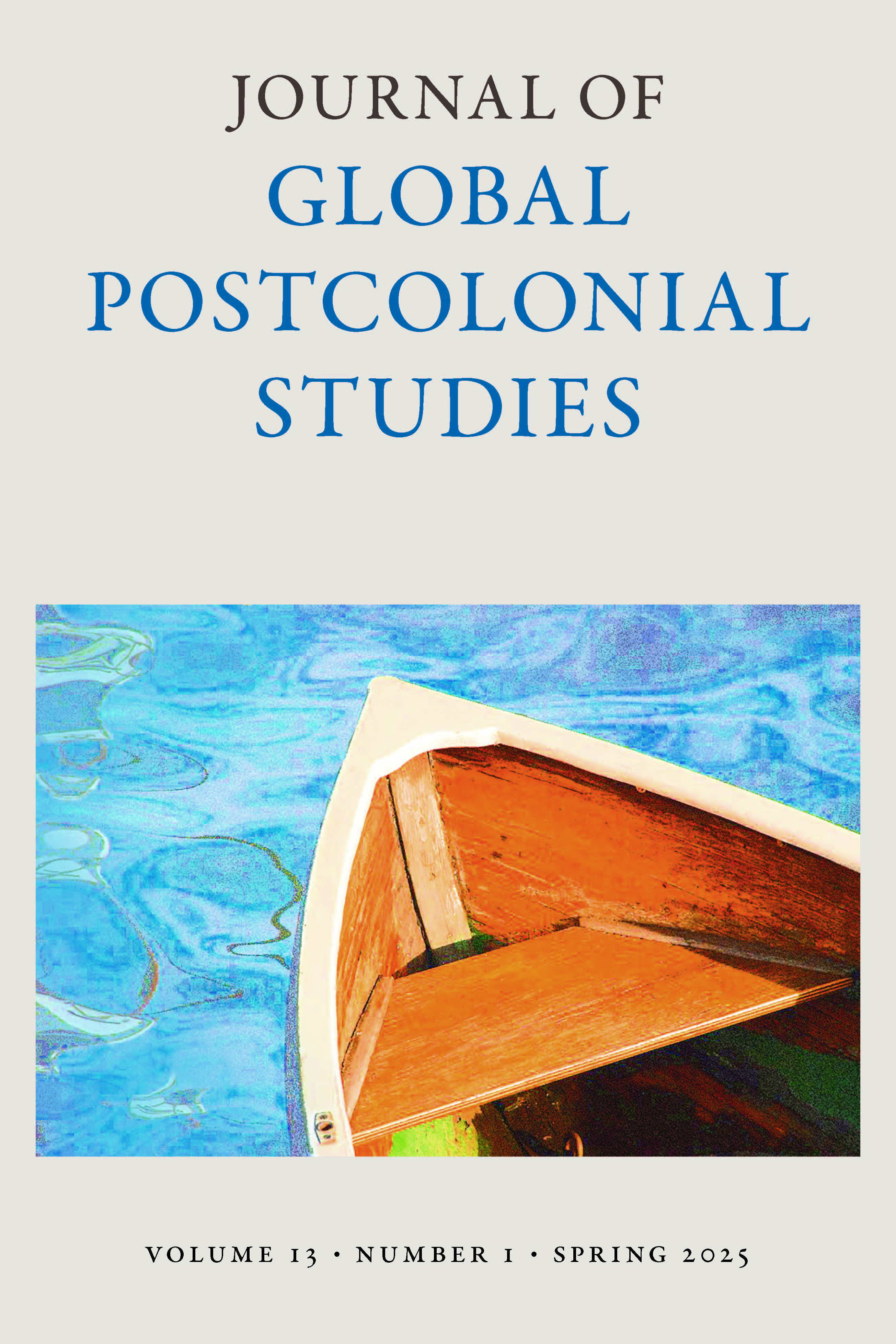Bridging the Cultural Divide: A Study of The Cartography of Love in Chitra Banerjee Divakaruni’s Oleander Girl
Main Article Content
Abstract
Oleander Girl is a skilfully crafted novel in which the author, Chitra Banerjee Divakaruni pens a tale that puts forth manifold expressions of love and loss against a wide geographical canvas. The book negotiates love and relationships that crisscross continents, generations, and cultures to encapsulate the personal and emotional metamorphosis of its protagonists. The beauty and venomousness of the Oleander plant symbolizes the different hues and nuances of love deftly examined in the book’s various relationships. As Korobi tell the readers her gripping story and recounts her protected and traditional upbringing, the mystery and silence about her parents, it becomes clear that there is a family secret hidden deep beneath the surface which explodes on her grandfather’s death. Her grandmother, Sarojini, admits how she and her husband Bimal had conspired to hide the news of her father being alive from Korobi all her life. This sets her off on an expedition to find him amidst all the expectations of family and society, and it subsequently changes her life forever. Consequently, she finds herself in a space filled with confusion and must either opt for a life in India with Rajat or the new found freedom in America and an opportunity to be close to her father. Oleander Girl is a multilayered story with parallel plots to connect the dots between relationships, differing cultures, and identity concerns.

